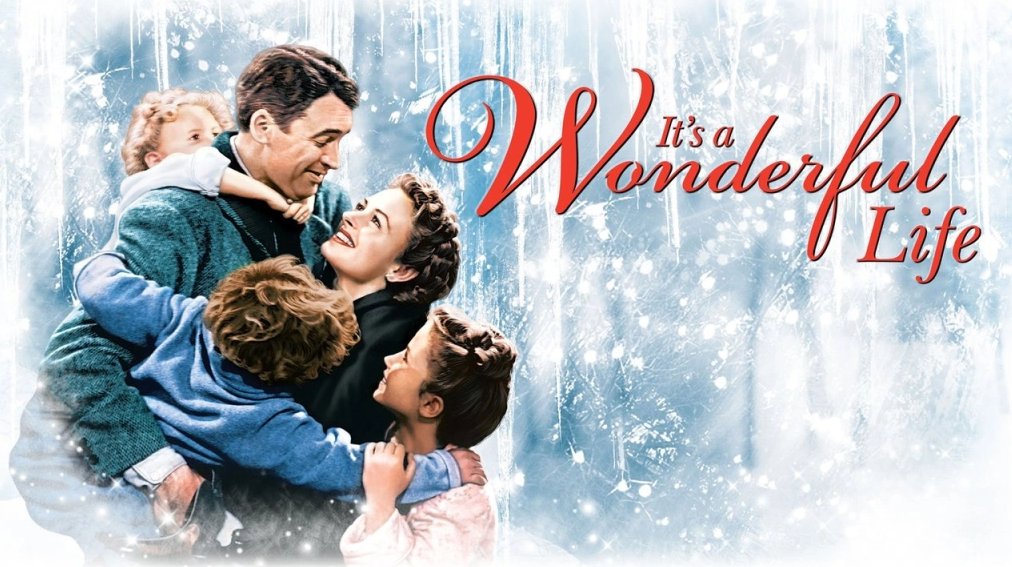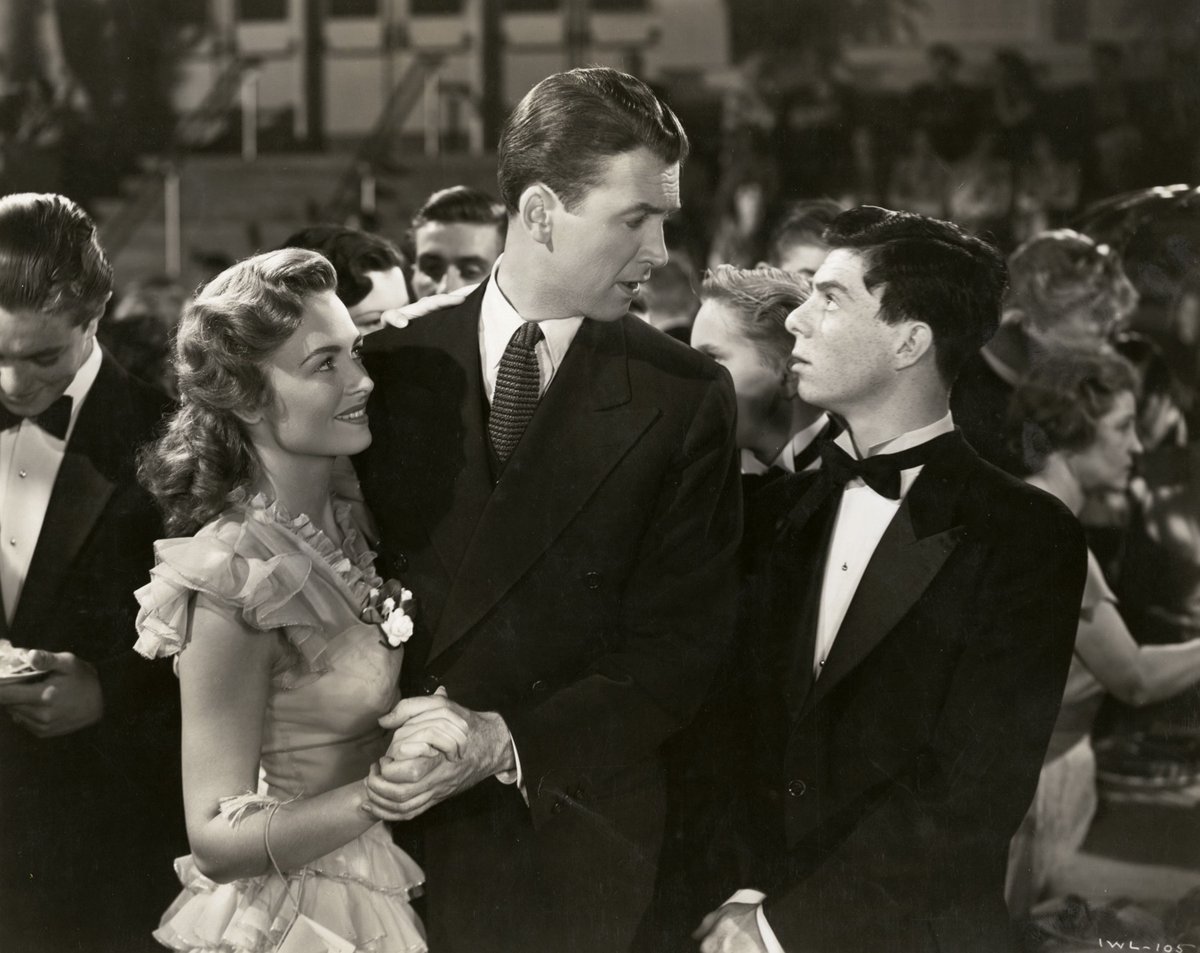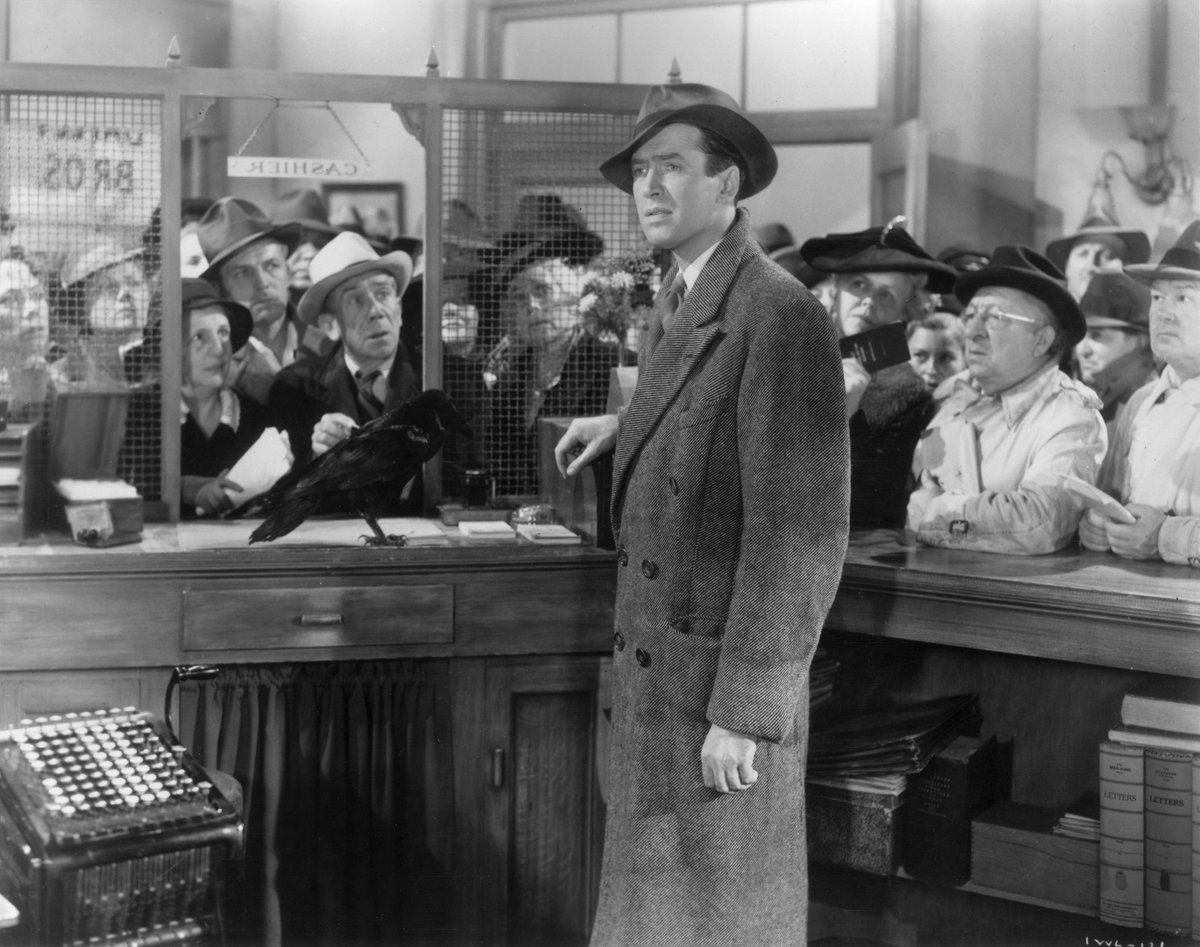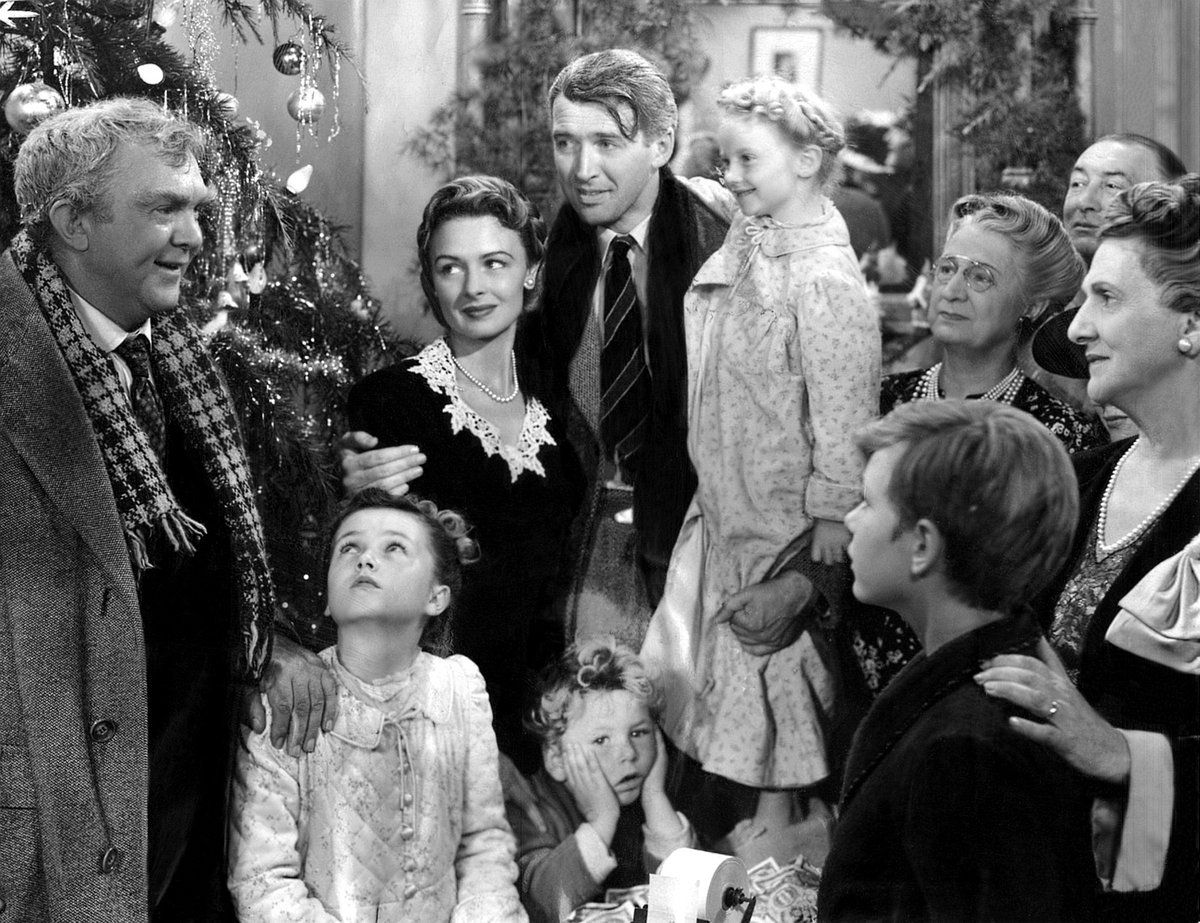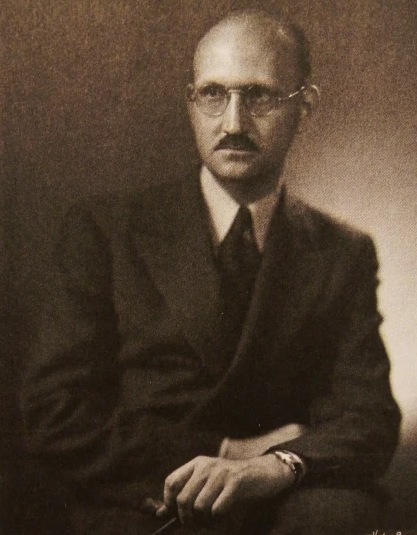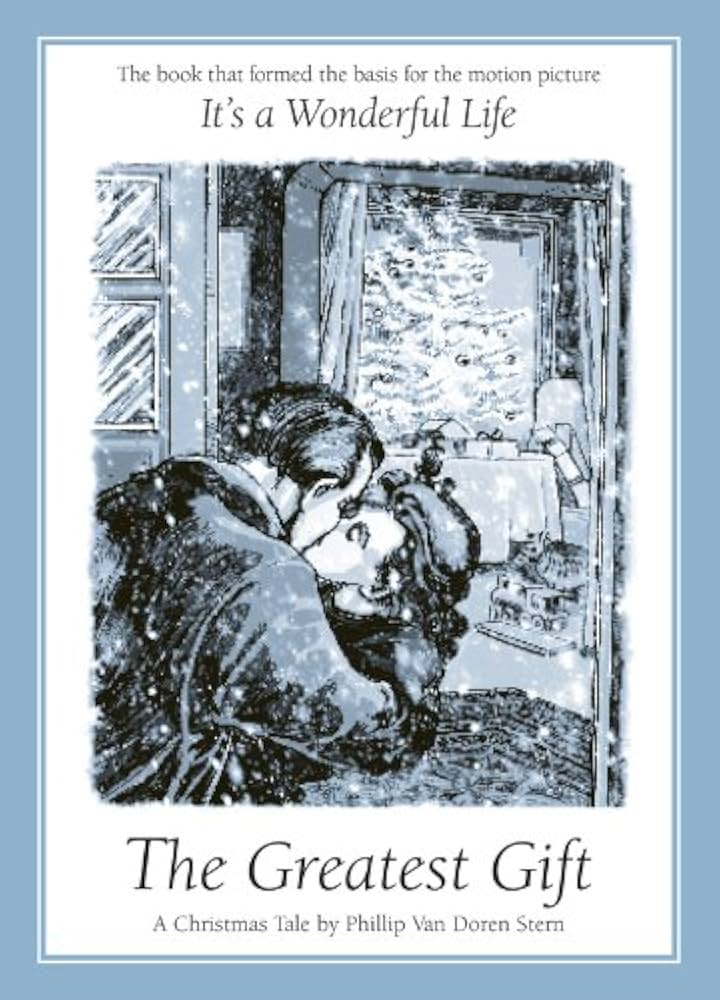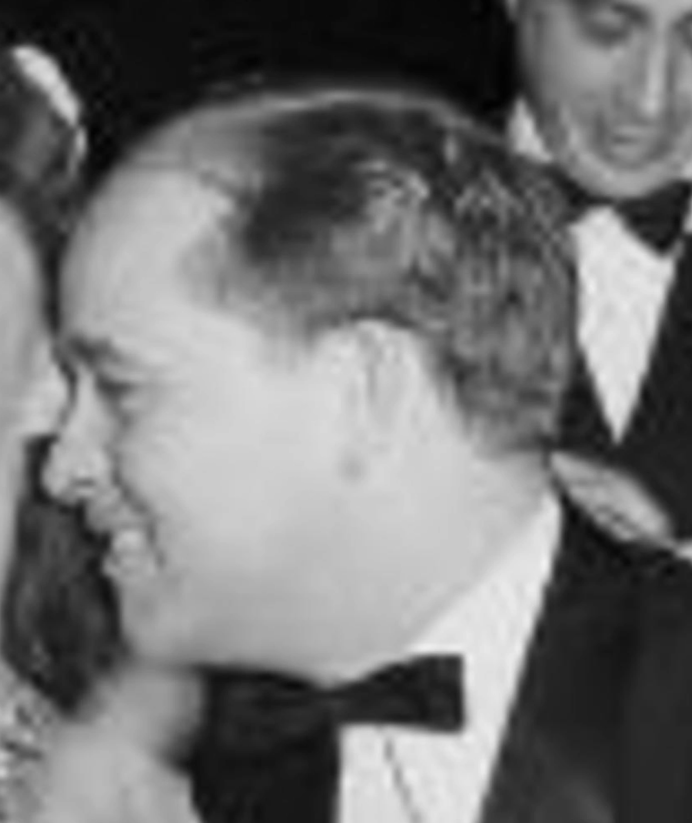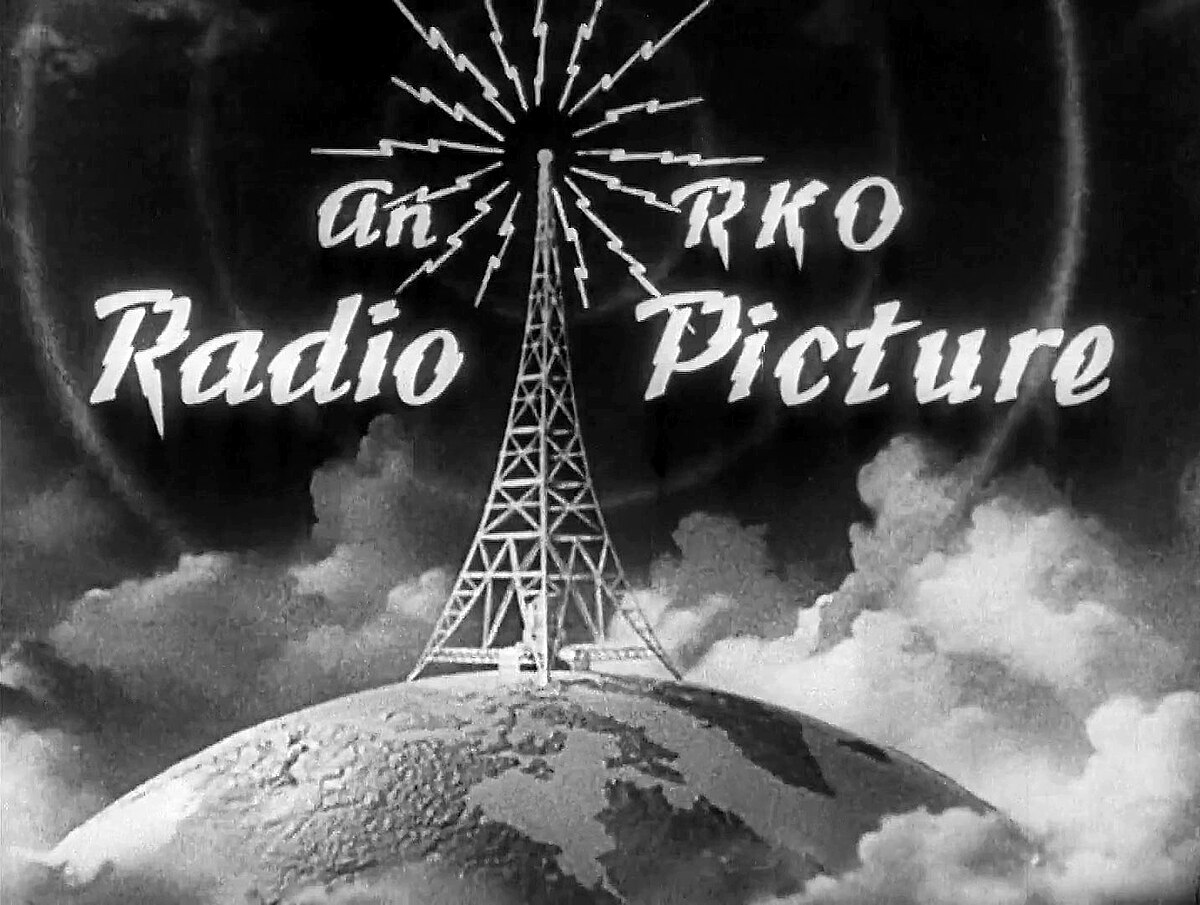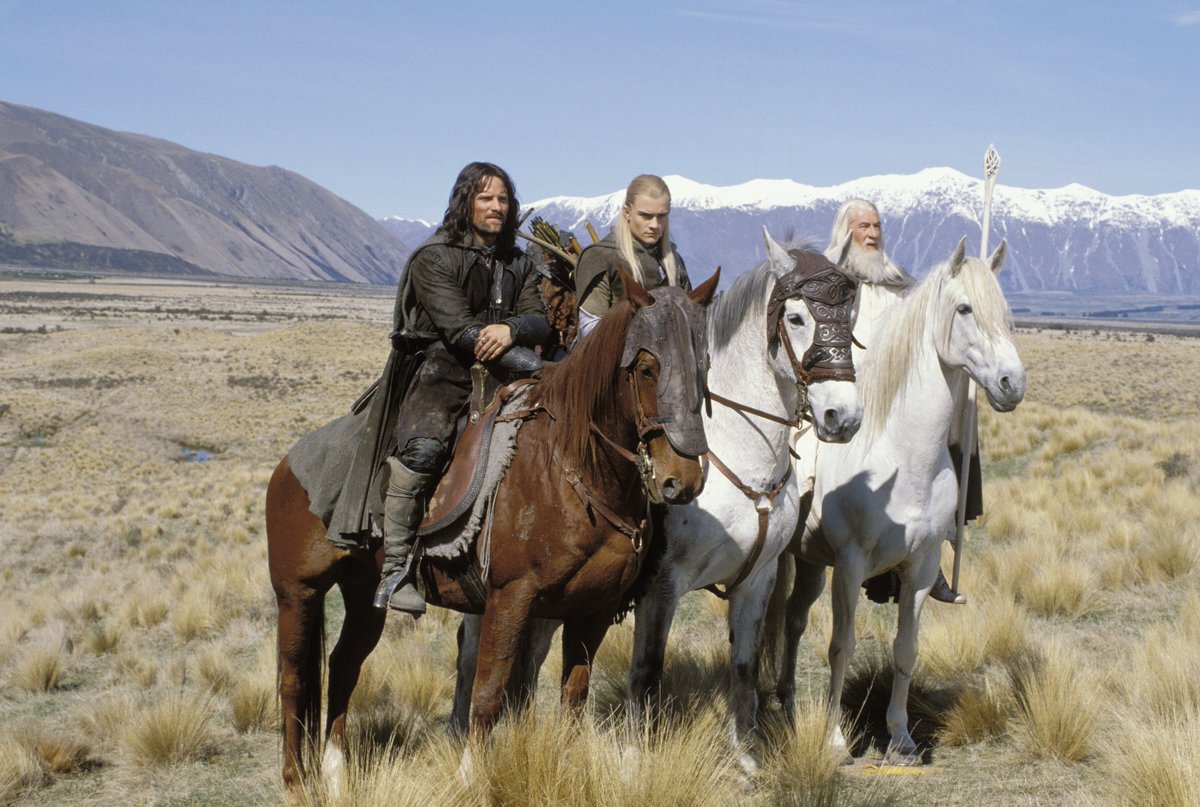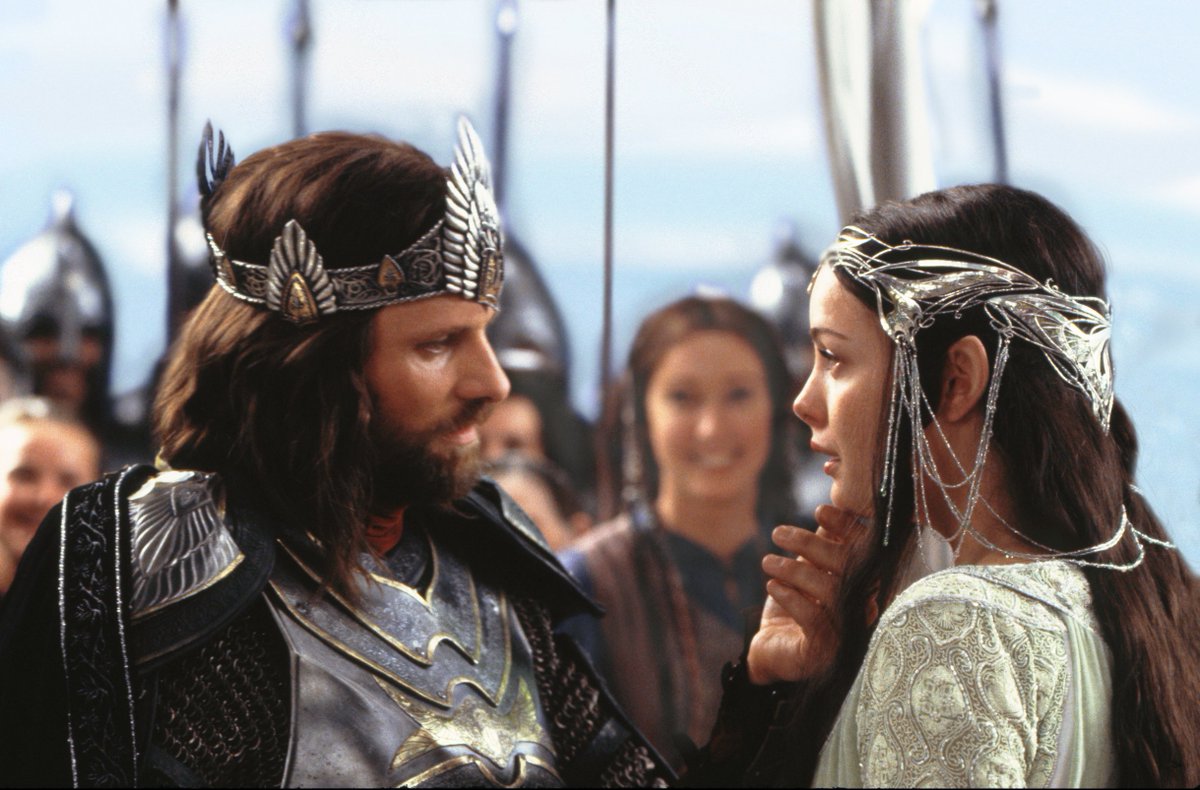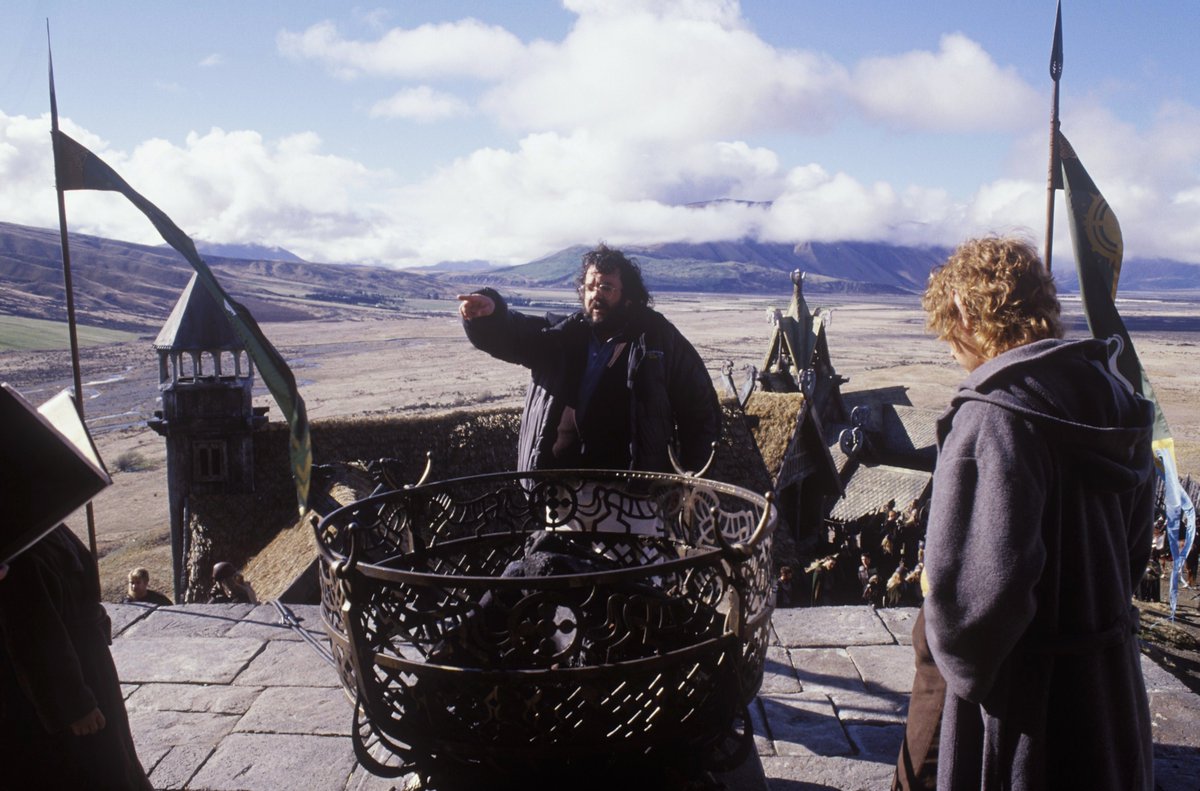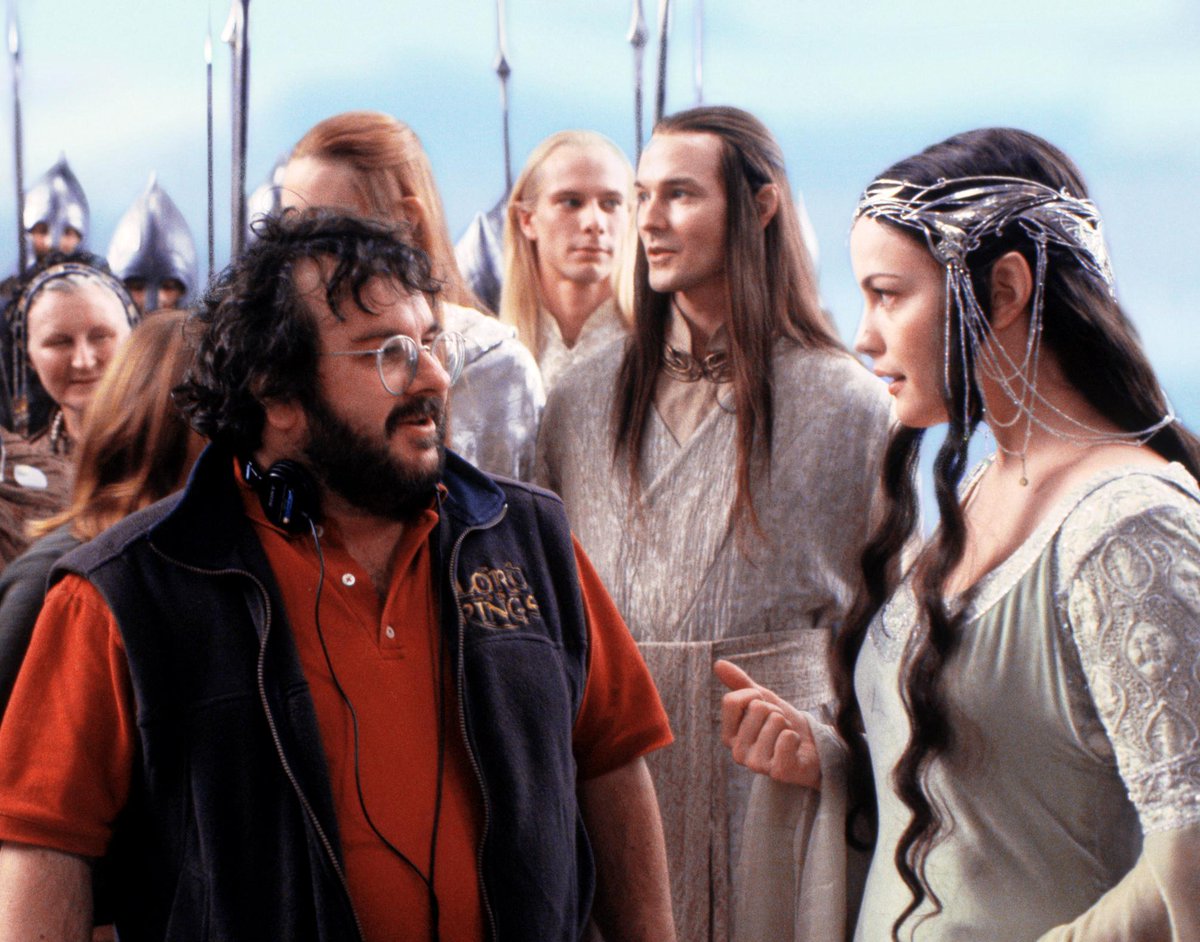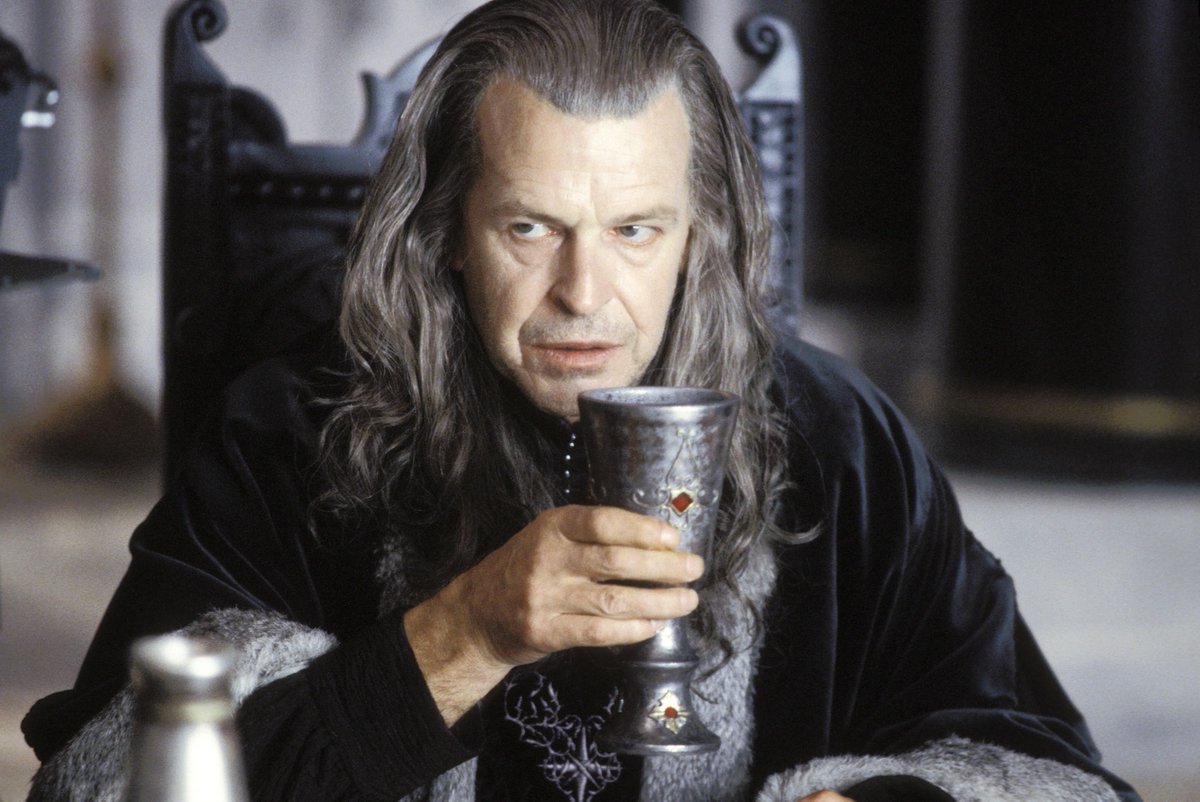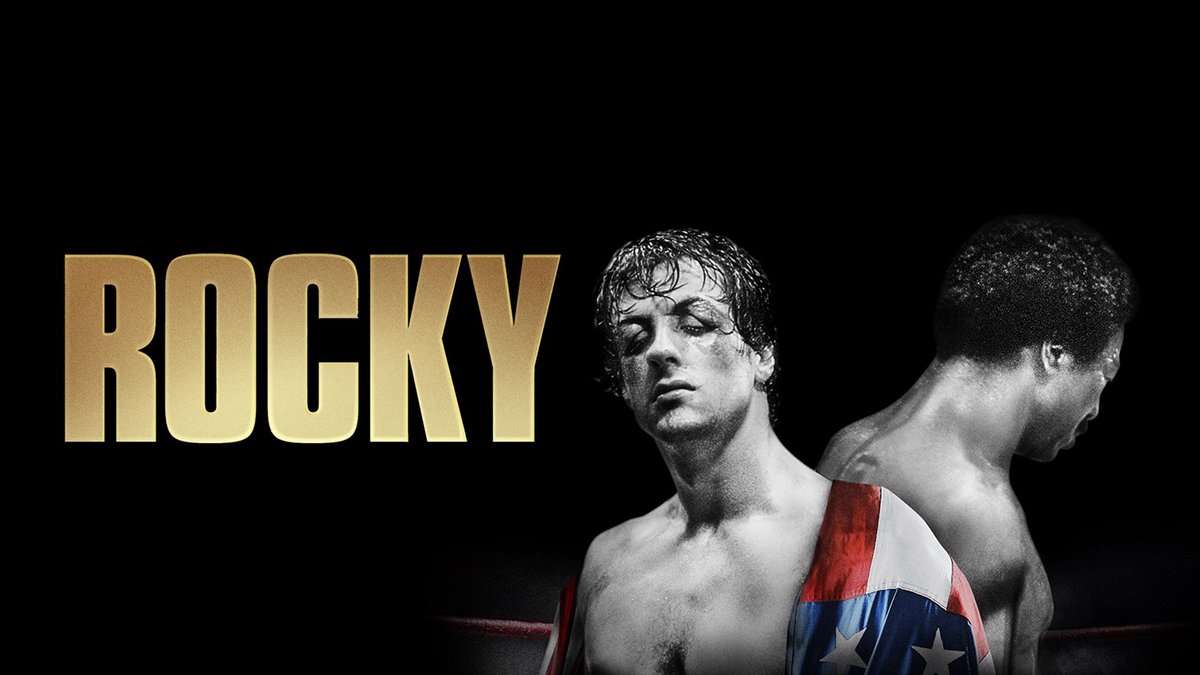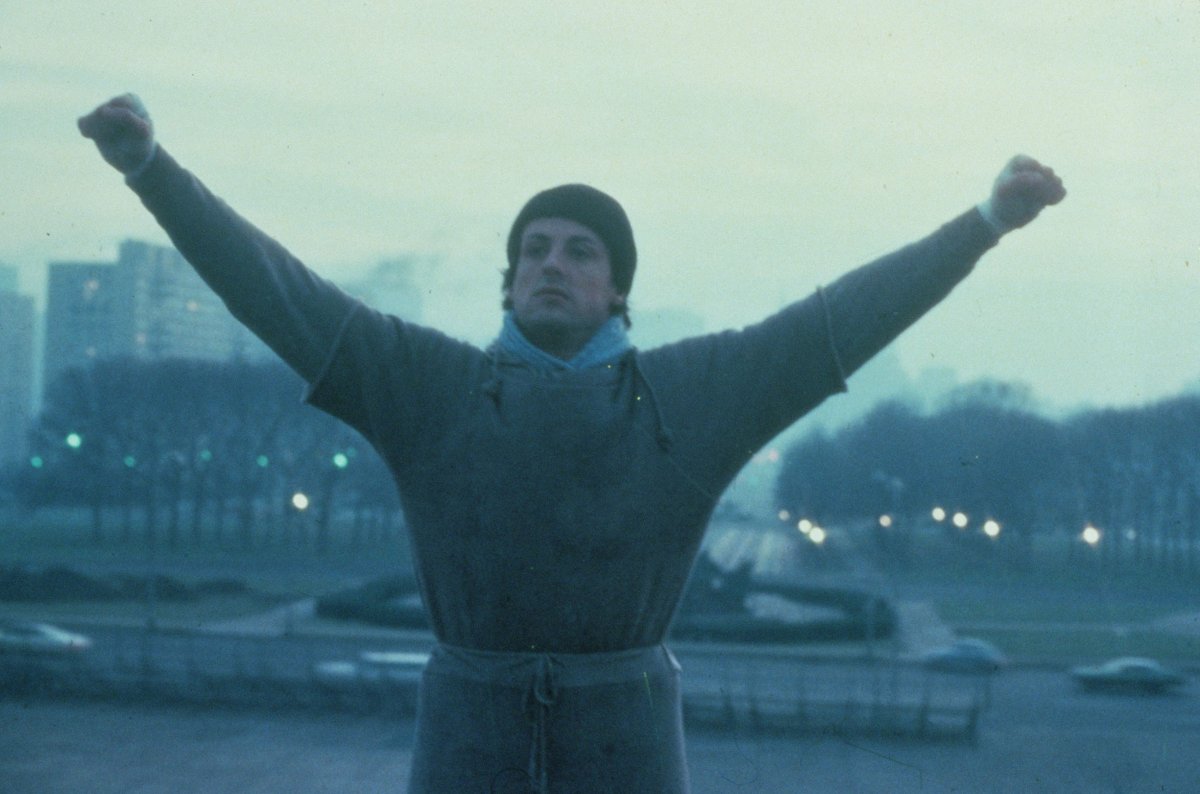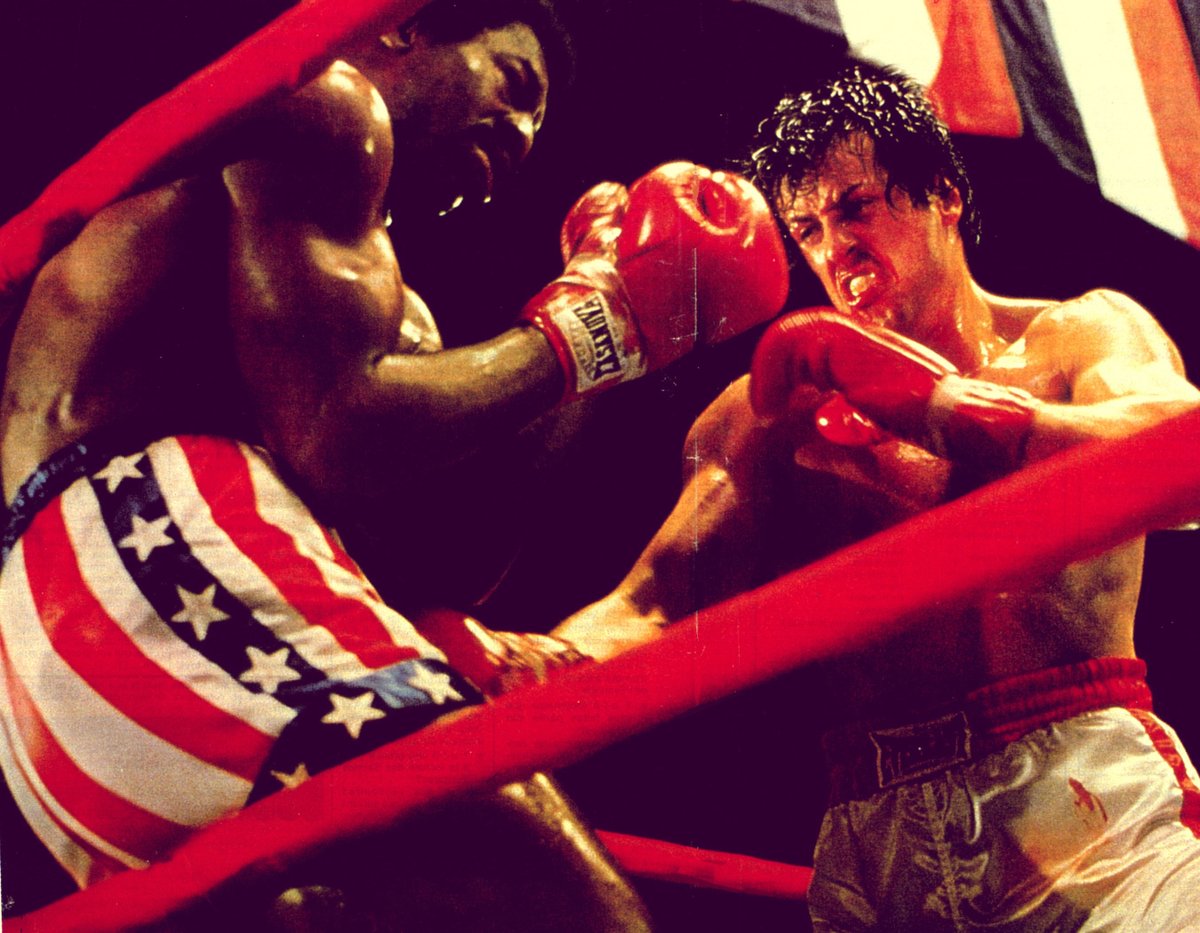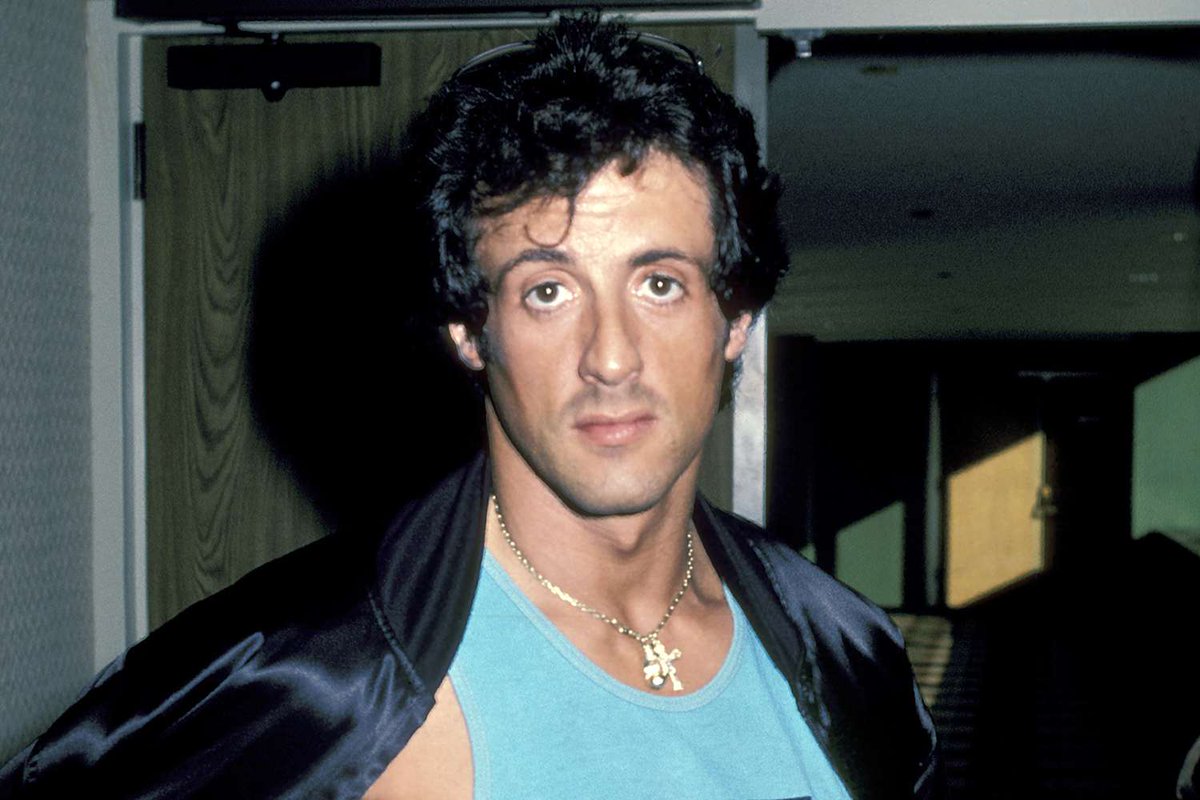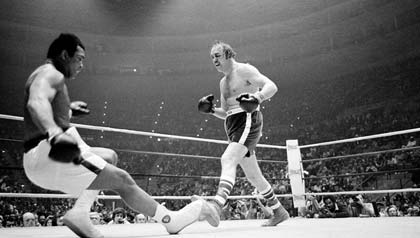THE GREAT ESCAPE was released 60 years ago today. Featuring a huge all-star cast and an iconic theme, the making of story is as extraordinary as the real-life story on which it is based…
A THREAD
1/39




A THREAD
1/39




In 1943, Australian Spitfire pilot Paul Brickhill was shot down over Tunisia and taken to World War II POW camp Stalag Luft III in Poland. There, he was one of 600 men who played a role in hatching and executing an escape from the camp.
2/39



2/39



In 1950, Brickhill published a book chronicling his experiences around his time in the camp. Called The Great Escape, it was screened by NBC in 1951 as an episode of The Philco Television Playhouse . It was then adapted to a screenplay by James Clavell and W.R. Burnett.
3/39


3/39

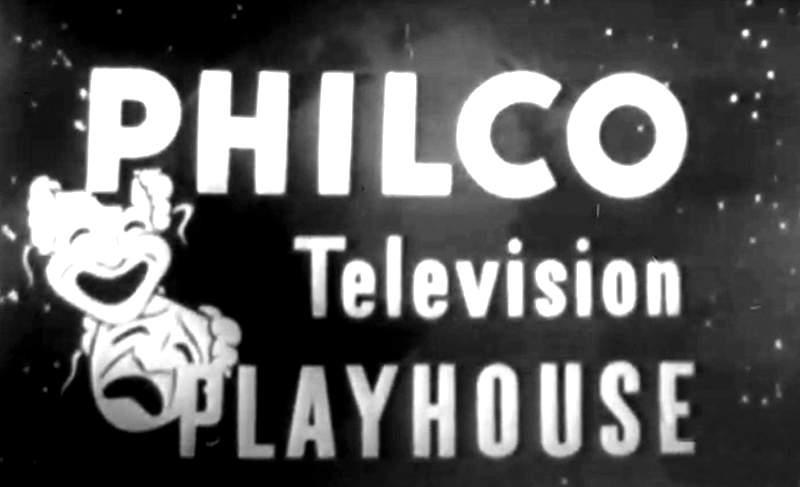
John Sturges was attached as director. He shopped the script around Hollywood for years, but nobody was interested. Then, in 1960, Sturges’ The Magnificent Seven was a huge hit. Production companies The Mirsch Brothers and United Artists greenlit The Great Escape.
4/39


4/39


One of the lead characters is Virgil ‘The Cooler King’ Hilts. Walter Mirsch wanted to cast Burt Lancaster but Sturges only had one actor in mind. Having worked with Steve McQueen on The Magnificent Seven, Sturges offered him the role immediately.
5/39


5/39


McQueen like the script and was interested. He said he’d take the role on one condition – he got the chance to show off his motorcycle-riding skills.
6/39


6/39


Bob ‘The Scrounger’ Hendley was another key character. Mirsch wanted Kirk Douglas in the role but was overruled again by Sturges, who cast Maverick TV star James Garner. Garner said he developed the character from his own military experiences in The Korean War.
7/39



7/39



Roger ‘Big X’ Bartlett is the escape ringleader. Richard Harris was cast but had to drop out to do This Sporting Life. John Mills then declined the role before Sturges turned to Richard Attenborough.
8/39



8/39



Other stars were involved. Donald Pleasence was cast as Colin ‘The Forger’ Blythe after casting director Lynn Stalmaster saw him in Harold Pinter play The Caretaker. And Sturges turned again to The Magnificent Seven to cast Charles Bronson as Danny ‘Tunnel King’ Welisnki.
9/39


9/39
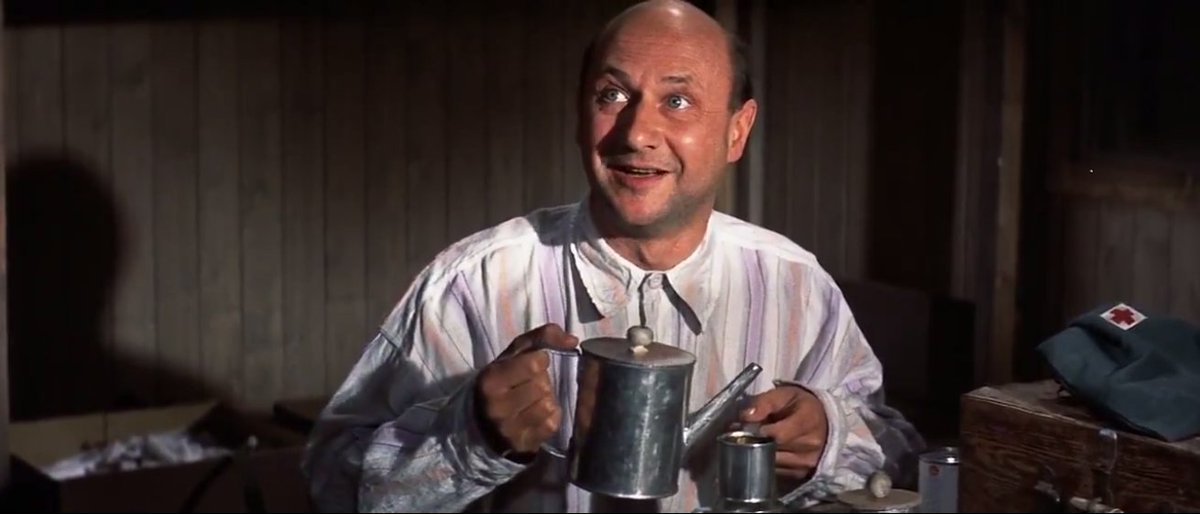
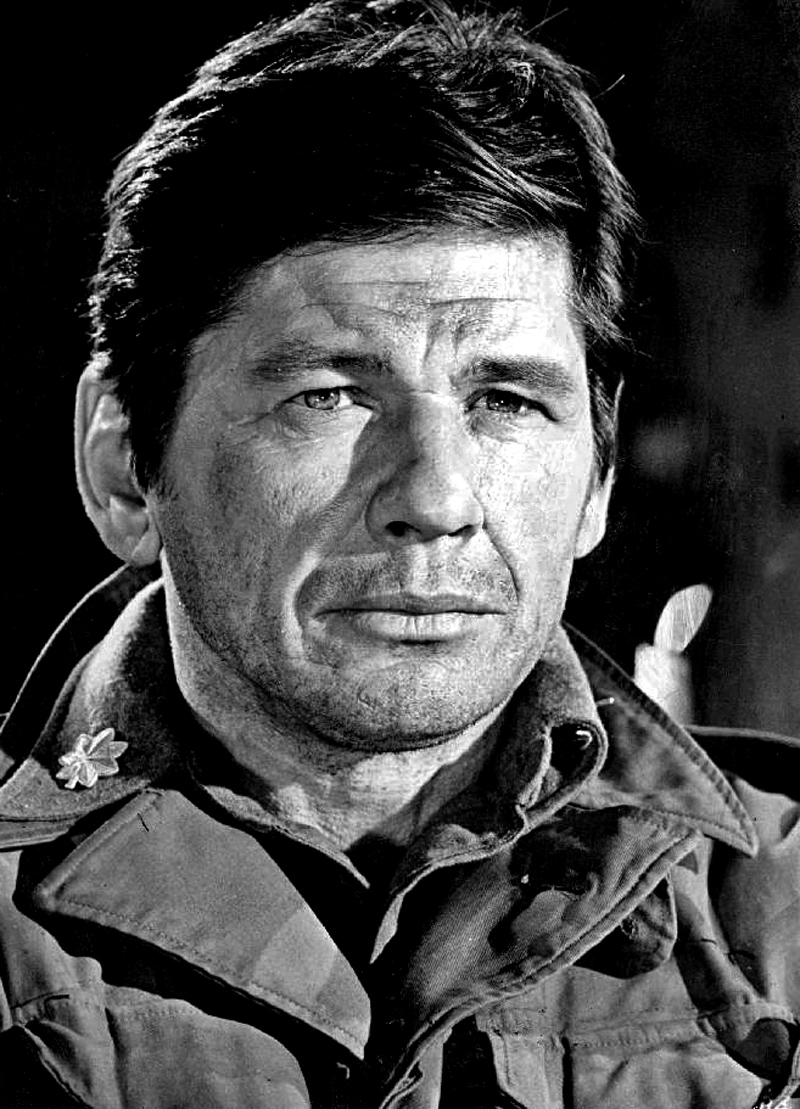
Pleasence would give advice to Sturges on set about how scenes should look. This annoyed Sturges and he told Pleasence to “keep your opinions to yourself” until he was told Pleasence had been in a WWII POW camp and tortured by Nazis. Pleasence was then Sturges’ consultant.
10/39


10/39

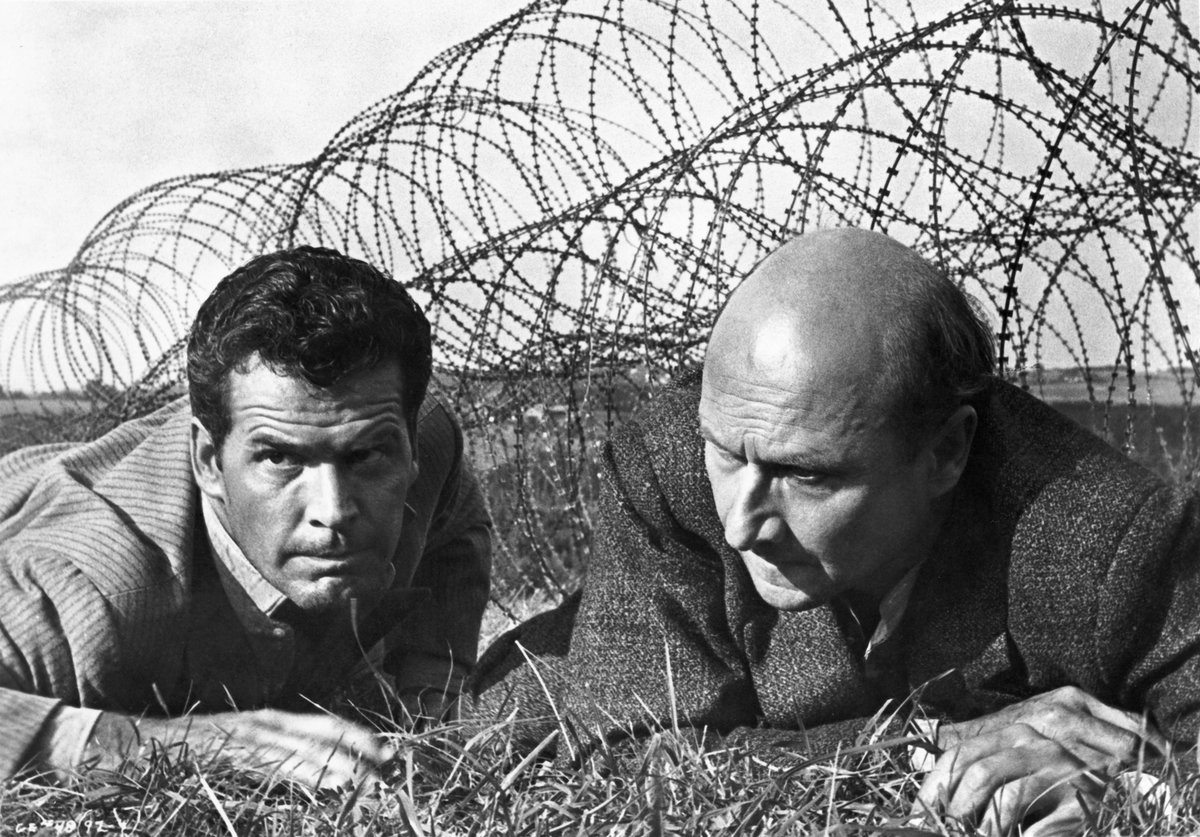
Some other cast members were real POWs too. Hannes Messemer (Von Luger) was held in a Russian camp, and Til Kiwe (Frick) and Hans Reiser (Kuhn) were prisoners of the Americans. They all said The Great Escape set was a very accurate recreation of a POW camp.
11/39



11/39



There was friction among the cast. Attenborough would later say working with McQueen was one of the biggest challenges of his career, whilst Garner said McQueen was “a pain in the a**” and “A movie star, but not an actor.”
12/39


12/39

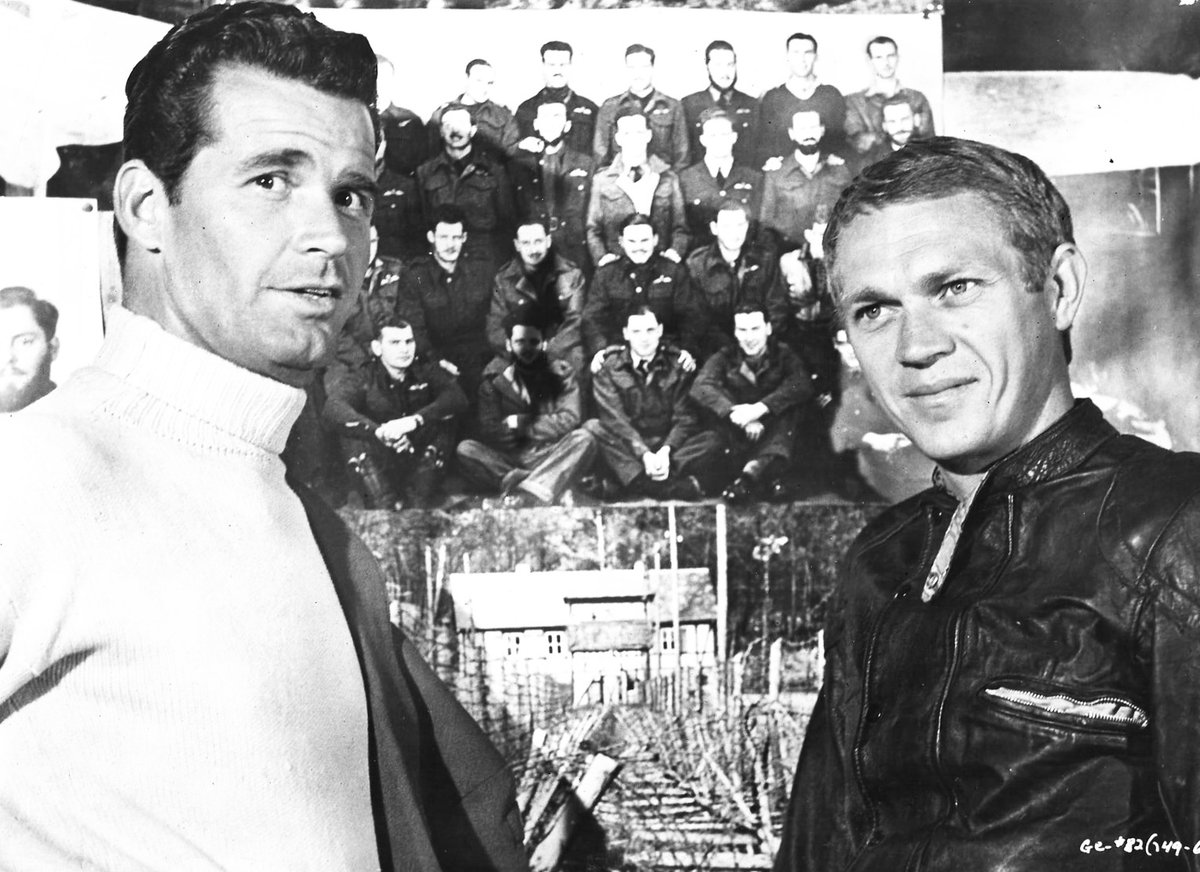
It didn’t help that McQueen reportedly rarely mingled with the other cast members away from the set. He rented a chalet and would stay there if he could, and travel to the set each morning in a chauffeur-driven limousine.
13/39


13/39


Garner didn’t get on with Charles Bronson either. He said he was also “a pain in the a**” and fell out with him when Bronson lost a game of poker with a young extra, and wouldn’t pay up.
14/39


14/39


During filming, Bronson met the wife of co-star David McCallum (Eric ‘Dispersal’ Ashley-Pitt) - Jill Ireland - and fell in love with her. He told McCallum he was going to steal her and, in 1967, Ireland divorced McCallum and married Bronson.
15/39



15/39



When the rights to the novel were first purchased, Sturges wasn’t sure of the title as he thought it was too celebratory. For a while, the film had a working title of The Last Escape before the studio insisted it was changed back.
16/39




16/39




Although the characters are fictional, they are often based on real people. Roger Bartlett was modelled on Roger Bushell, a British officer involved in the real escape. The scarring around Attenborough's is based on Bushell. Like Bartlett, he was executed for his role.
17/39


17/39


Colin Blythe was based on Londoner John Cordwell, later owner of The Red Lion – a well-known Chicago pub. A book was later published called Tales from the Red Lion that focused largely on Cordwell.
18/39


18/39


Hilts was based on several people. Major Dave Jones was shot down and captured; Colonel Jerry Sage captured in North Africa and posed as a pilot or he would’ve been executed as a spy; And Squadron Leader Eric Foster escaped 7 times from German POW camps.
19/39




19/39




Welinski was based on Wally Floody, the real-life Tunnel King. He was a Canadian pilot and tunnel engineer who masterminded the tunnel construction. Floody was on-set throughout production and acted as Sturges’ first point of consultation.
20/39


20/39

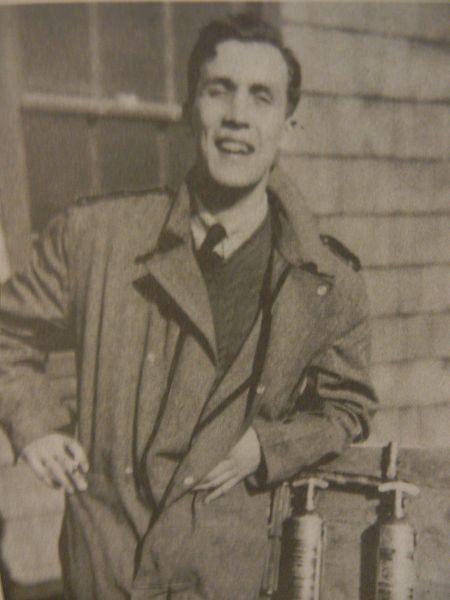
In the movie, several Americans were amongst the escapees. In real life, Americans helped with the tunnel but weren't amongst the escapees because the Germans moved them to a different compound before the escape.
21/39


21/39


After seeing rushes, McQueen said his part wasn’t big enough and walked out, demanding rewrites. Production was behind schedule so Sturges considered firing McQueen but UA said he was indispensable and hired a writer called Ivan J. Moffitt to handle the rewrites.
22/39


22/39


In total, the screenplay went through 6 writers and 11 drafts, and was still a work in progress during filming. Sturges later said it was very stressful: "I'm not proposing that's a good way to make a picture, but it was the only way to make this one."
23/39


23/39


UA was concerned the film’s lack of women characters would hurt ticket sales. One memo suggested introducing a ‘Miss Prison Camp’ sequence and have the dying Ashley-Pitt cradled in the lap of a girl in a low-cut blouse. Sturges said if that scene was in, he was out.
24/39


24/39


Sturges wanted a theme present to say not all Germans were Nazis. This is shown mostly through Von Luger. For example, he releases Hilts and Ives from their 20 day cooler sentences after 15 days.
25/39
25/39
Jud Taylor (Goff) said the camp set was so authentic that one day he came across a very distressed man outside. The man had been walking his dog when he came upon the site. Taylor had to assure the man it was just a movie set.
26/39




26/39




After Elmer Bernstein’s stunning work on The Magnificent Seven, Sturges brought him in as composer on The Great Escape. He gave each character an individual theme based on the main theme. Bernstein later said he was able to live off the royalties the rest of his life.
27/39



27/39



The movie was shot on-location in the Perlacher Forest in Munich. To make room for the set, many trees had to be bulldozed. To get permission, Sturges had to promise the West German Minister of the Interior to plant two seeds for every tree felled after production.
28/39
28/39

After complaints, the police set up a speed trap near the set and McQueen was caught. The Chief of Police said "Herr McQueen, we’ve caught several of your comrades today, but you have won the prize for highest speeding." McQueen was arrested and released without charge.
29/39



29/39


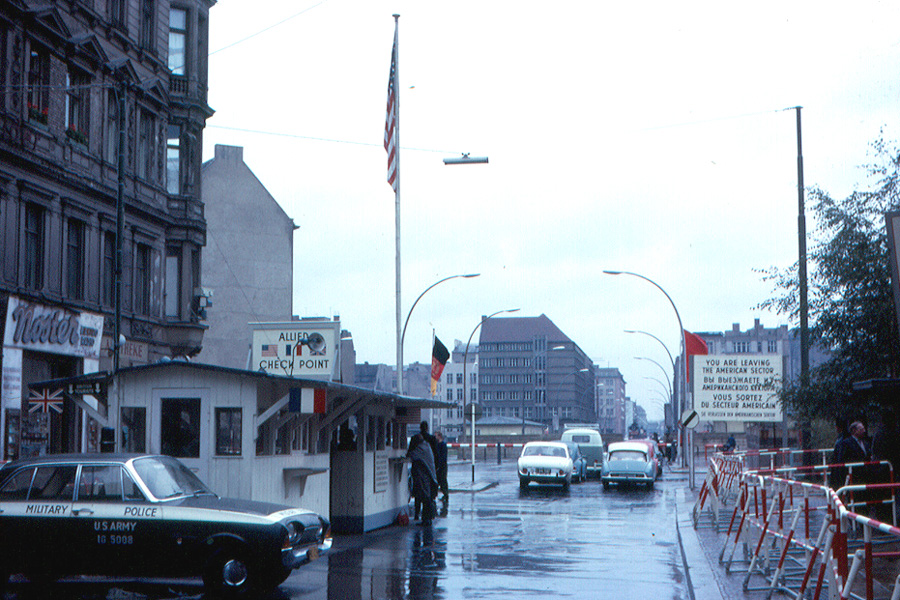
During some time off, Garner and John Leyton (Willie Dickes) were visiting Munich and got caught up in the student Schwabing Riots. Garner was quoted saying negative things about the police: "this wouldn't happen in the states." He had to apologize to avoid being deported.
30/39



30/39



Sturges had planned to shoot in several locations but with many delays being caused and money running out, the production schedule had to be re-planned entirely mid-shoot. The location moved to Fussen, as that town had all the locations needed to finish the film.
31/39




31/39




For the train sequences, a railroad engine and two condemned cars were purchased and modified for the camera equipment. Scenes were shot on a single rail line and a railroad representative was on hand to advise of oncoming trains.
32/39
32/39
The barbed wire Hilts crashes into wasn’t real. It was made of rubber and they needed lots of it. Sturges had all cast and crew members (including McQueen and Garner) involved in the creation of the fake barbes wire.
33/39



33/39



During the climactic motorcycle chase, Sturges allowed McQueen to ride as one of the German soldiers chasing Hilts. So, in essence, he’s chasing himself. (McQueen played the German motorcyclist who hits the wire).
34/39


34/39


There was a stunt McQueen didn’t perform: the famous jump over the fence. This was done by Bud Ekins. He managed a motorcycle shop and was brought in by McQueen. The film led to a new career for Edkins as a Hollywood stunt rider.
35/39
35/39
In the 4th of July scene, Goff says "No taxation without representation." This was an ad-lib by Jud Taylor. McQueen wasn’t expecting it, which is why you see him mouth “What?!”
36/39
36/39
The tunnel sets were constructed of wood and filled with plaster and dirt. They were open on one side with a dolly track running their full length to allow the shots of prisoners sliding along them.
37/39
37/39
UA wanted to cut the film to increase ticket sales. So Sturges went to Pacific National Bank for a loan. The bank loved the film but asked how the men got the civilians clothes before the escape. This resulted in a deleted scene being re-added.
38/39



38/39



Upon its release, The Great Escape was a huge hit, grossing over $11.7m domestically from a budget of $4m. Over the years its’ stature has grown and it’s now regarded a war movie classic.
39/39




39/39




If you liked this thread, please RT the opening tweet…
https://twitter.com/ATRightMovies/status/1676159220326998018?s=20
Our latest podcast is on RETURN OF THE JEDI. Full of big laughs and opinions, please give it a listen 😀
alltherightmovies.com/podcast/return…
alltherightmovies.com/podcast/return…
• • •
Missing some Tweet in this thread? You can try to
force a refresh


